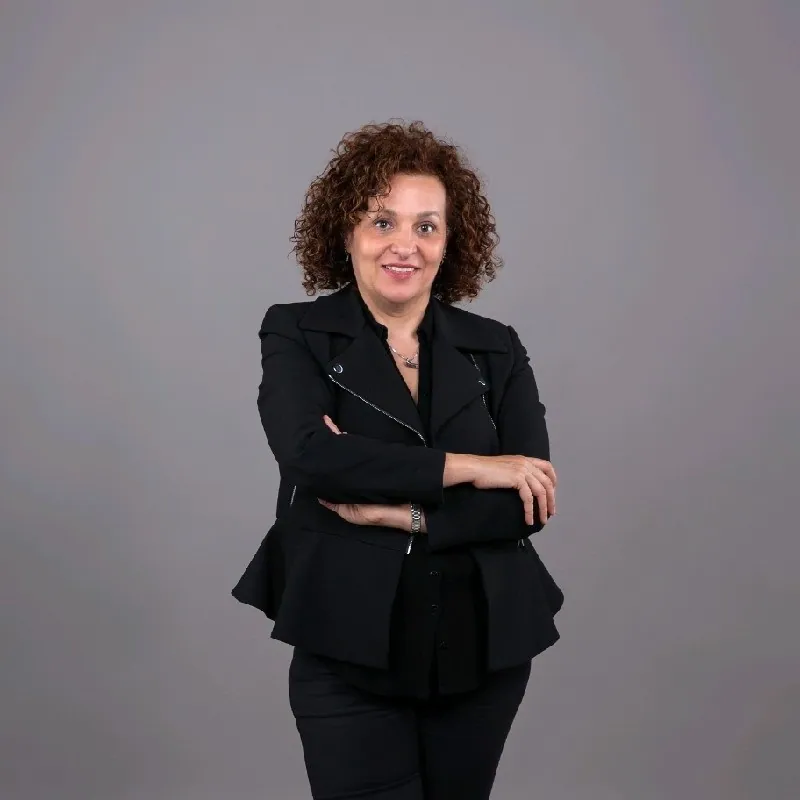Table of Contents
Dr. Moghzan Sayyad from Dubai explains the risk factors of breast cancer and how to prevent it.
Breast Cancer Awareness
In 2022, breast cancer accounted for 12.5% of all new cancer cases worldwide, making it the second most common cancer. In fact, 95% of female cancer deaths in all countries are due to breast cancer. Because this disease is so common, in 2023, WHO released a framework that recommends countries implement steps for early detection, timely diagnosis, and comprehensive management; through its new framework, the organization aims to save 2.4 million lives from breast cancer by 2040. As women, understanding the ins and outs of this disease is crucial for our well-being. In this article, Dr. Moghzan will outline the two important aspects of breast cancer; [a] risk factors and [b] importance of mammography
Risk Factors [Uncontrollable]
- Age: The risk of breast cancer increases with age. Most cancers are diagnosed after the age of 50.
- Family History: The chances of breast cancer increase if the first-degree female relatives [mother, sister, daughter] were diagnosed with the disease.
- Genetics: Ladies who have inherited mutations to specific genes, namely BRCA1 and BRCA2, are more likely at risk of breast cancer.
- Exposure to Radiation: If someone had undergone radiation therapy on their face/breast to treat other cancer or even acne during adolescence, the chances are high. The risk increases if they get radiation therapy during adolescence, as their breasts are just developing.
- Dense Breasts: Although dense breasts don’t directly cause breast cancer, it’s difficult for doctors to diagnose cancer with dense breasts as it’s hard to detect tumors on mammograms. However, it should be noted that women don’t get breast cancer just because they have dense breasts. It should be considered among the other risk factors like age, family history, genes, etc.
- Menstrual Health: Women who started their menstrual cycle before the age of 12 and started menopause after 55 are more at risk of breast cancer.
Risk Factors [Controllable]
- Physical Activity: Being physically active reduces the risk of breast cancer.
- Overweight: Older women who are overweight or obese have a higher chance of breast cancer.
- Reproductive History: Women who had children after 30 or didn’t have a full-term pregnancy are more at risk of the disease.
- Breastfeeding History: Chances of cancer reduce if a woman breastfeeds for over a year.
- Alcohol & Smoking: Drinking and smoking are said to increase the risk of breast cancer.
Breast Cancer Screening & Mammography
In simple terms, breast cancer screening is checking a woman’s breast before symptoms of cancer arise. Although screening cannot prevent the disease, it can definitely help detect it early on, which will make it much easier to treat. And mammography is one such to help detect breast cancer early. Mammography is specialized medical imaging that utilizes a low-dose X-ray system to see the inside of breasts.
Without a doubt, early detection can help minimize the risk. In fact, some research even claimed that early detection could save 98% of lives.
How to Face Your First Mammogram: What To Expect
Getting a mammogram can be scary, especially if it’s your first one. Sometimes, it’s common to be still concerned during your second or third mammogram. That’s totally normal. The best way you can prevent the worries is to educate yourself about mammography and how it’s done.
Tips for Your First Mammogram
Here are some essential information and tips for tackling your first mammogram!
- If you have the opportunity, it’s best to choose a center that specializes in mammography. Always conduct thorough research of the facility before you book an appointment.
- If you’re still on your period, avoid scheduling the appointment a week before your cycle since your breasts are more likely to be tender and swollen.
- On the day of your mammography, refrain from using deodorants, powders, creams, and other similar items, as they can show up as white spots on the X-rays.
- Wear a two-piece for your appointment so that you only have to remove your top. Your technologist will give you a gown to wear.
- It will be only you and the technologist in the room during the examination.
- To get a good quality mammogram, tell your technologist if you [a] experienced any breast changes or problems, [b] have breast implants, [c] require assistance in standing, and [d] are breastfeeding or have chances of pregnancy.
- The entire procedure takes up to 30 minutes, with each of your breasts being compressed for 20-30 seconds. During the examination, your breasts are compressed and flattened to present a clear view of the breast tissues. Although it’s uncomfortable and sometimes painful, talk to your technologist if it’s too much to bear. They can adjust the compression to suit your comfort.
- Always tell your technologist if you feel lightheaded or dizzy during the mammogram.
- If you’re getting a 3D mammogram, it’s similar to the usual procedure, but you’ll see the machine making an arc either on the top or side of your breasts. You’ll be asked to hold your breath each time it’s done.
- Remember, not all findings are cancer. Sometimes, it’s just cysts, dense tissues, or even unclear images. If you receive a suspicious result, your doctor can recommend another round of examination or breast ultrasound.
- At the end of the day, the wave of relief you experience seeing your results is like no other. Although mammography can be scary and uncomfortable, it can reduce plenty of unknown worries and fear of the future.
Now that you know everything about mammography and its importance for a healthy life, book an appointment with Dr. Mozhgan today! With over 25 years of invaluable experience, she will assist you in achieving your best health!
Book an Appointment



